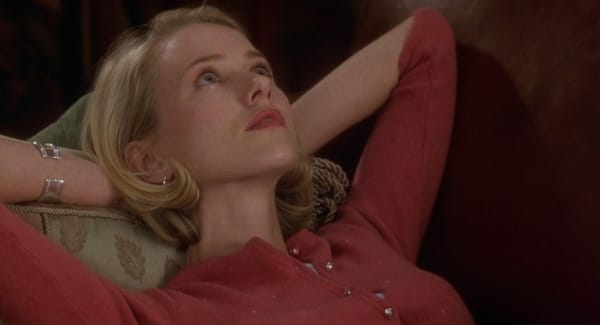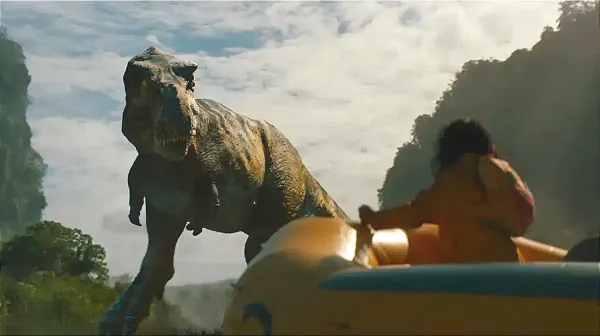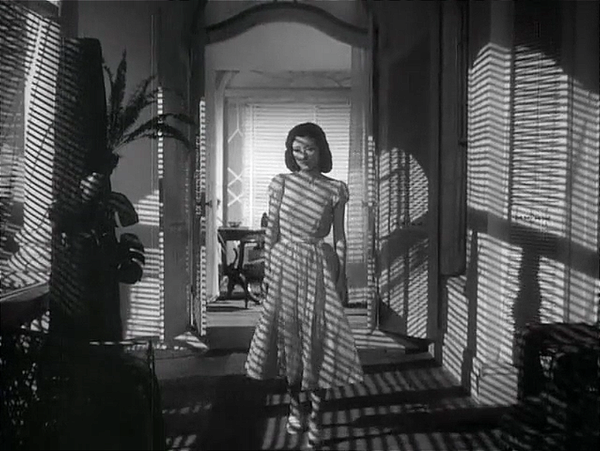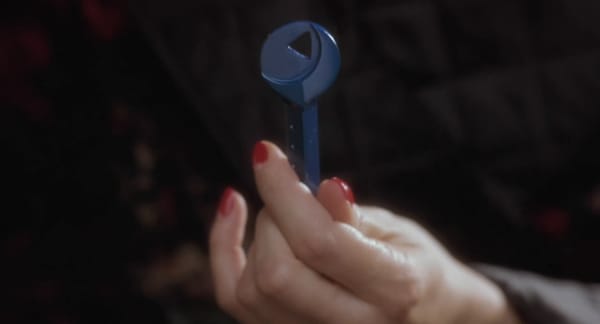"West Side Story"and "Drive My Car" (Finally) Come to VOD
Two of last year's best arrive for home viewing today.

The Nut Graf1: Is Spielberg’s “West Side Story” (on HBO Max and Disney+, **** out of ****) as good as the original? Is “Drive My Car” (on HBO Max, **** out of ****) as good as they say? 🎶 Could be. Who knows? 🎶 (Yes.)
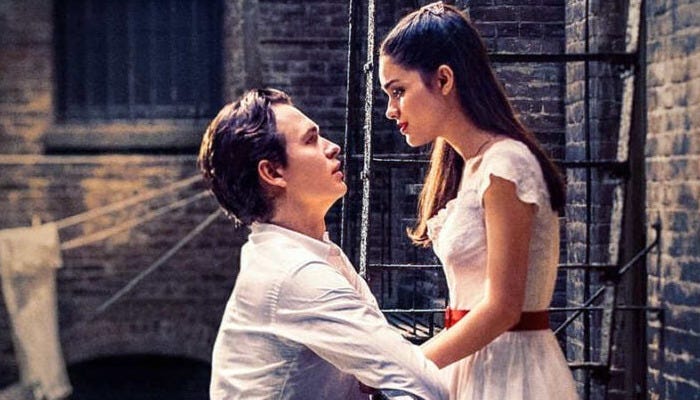
[Note: I’m posting a lot this week because I’m taking next week off and because there’s a lot of good stuff coming out over the next few days. You don’t have to read it all. I just like to write.]
Two of the best movies of 2021 come to streaming platforms today. One is “West Side Story,” which lands on HBO Max and Disney+, where it will hopefully find the audience that COVID denied it in theaters. I wrote about the Steven Spielberg remake when it premiered back in December, and I don’t really need to add more to what I said then. I’ll just reamplify: One’s wholly understandable emotional attachment to the 1961 original notwithstanding, the new film is simply the better movie on any number of levels, from Tony Kushner’s dramatically enriched screenplay (absurdly passed over for an Oscar nomination) to a Maria who’s age- and ethnically appropriate (and a good actress and a great singer) to the exuberant filmmaking that finds our best populist director at the top of his game. There was a stir in social media this week as a clip of the dance at the gym made the rounds to general astonishment. And for good reason: It’s a single-shot masterpiece that goes from micro to macro without ever losing the narrative thread or the characterizations, and the joke is that for Spielberg (and cinematographer Janusz Kaminski), it’s business as usual. (For a further layer of meta-movie appreciation, the Guillermo del Toro Twitter thread breaking down the “West Side Story” shot is a master class in itself.)
I still think Ansel Elgort as Tony is this movie’s weak link, but you could argue that he’s in the grand tradition of Richard “Drywall” Beymer in 1961. And there’s no arguing at all about the punk ferocity of Mike Faist as Riff – another Academy oversight – or Ariana DeBose as Anita or the entire “America” sequence or, oh, hell, just watch it already.
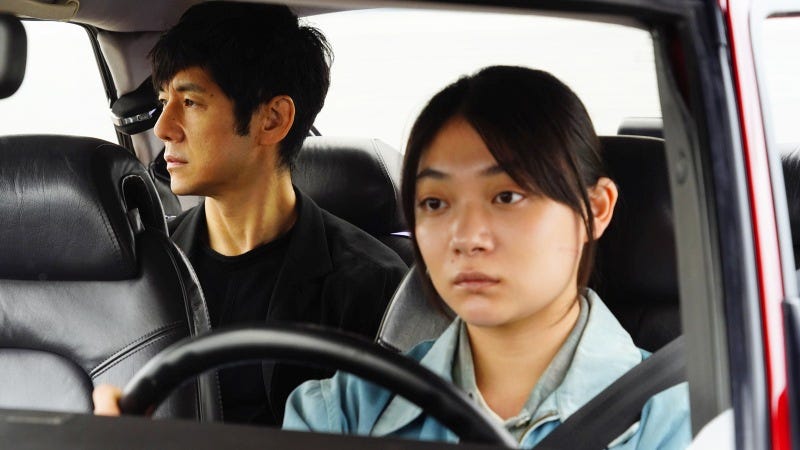
And then maybe turn your attention to “Drive My Car,” which lands on HBO Max as one of the most talked about but least seen movies of this awards season. I’m concerned that the hype machine (of which a movie critic is by definition a part) and four Oscar nominations (best picture, director, adapted screenplay, and international feature) have built up expectations for Ryūsuke Hamaguchi’s film that will not be met, not because “Drive My Car” is lacking but because awards-season praise leads audiences to assume a kind of “bigness” this filmmaker has no interest in pursuing.
Actually, the themes of “Drive My Car” couldn’t be larger: It’s about grief and guilt and Chekhov, the difficulties of human connection, love as the thing that tears us apart and glues us back together, the theater as an arena of denial and reconciliation. But Hamaguchi tells his stories, this one based loosely on a Haruki Murakami short story, with a light touch that if you’re not paying close attention – a real risk in the home-screen environment – will seem merely banal. His movies are anything but: They’re hushed and profound, stepping into shallow waters and then leading us in over our heads. Hamaguchi sometimes puts me in mind of Éric Rohmer, the master of French New Wave chattiness, except here the talk is halting and tentative, unsteady rope bridges to other people.
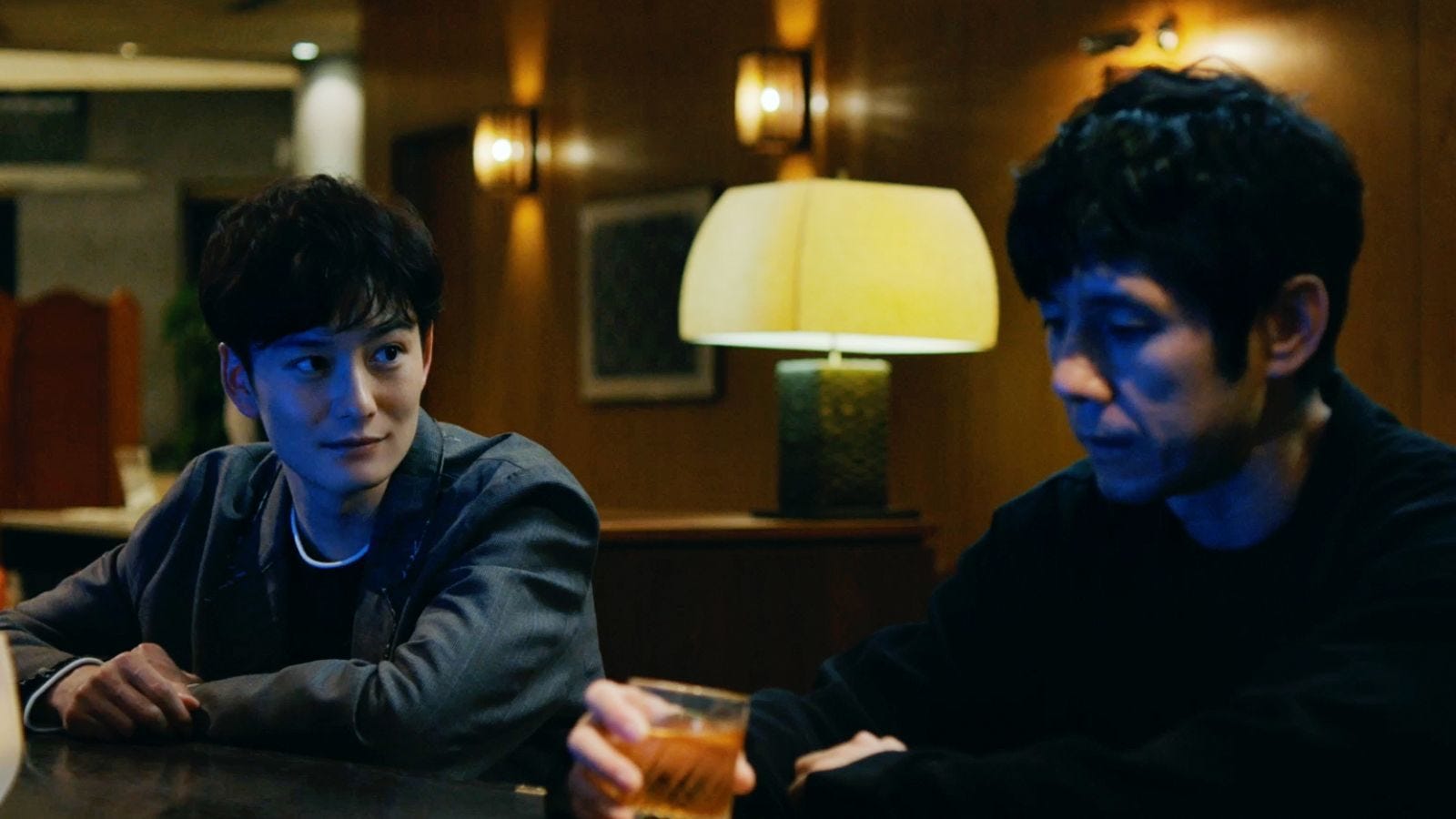
“Drive My Car” is about a middle-aged stage actor, Yūsuke (Hideotshi Nishijima), married to a screenwriter, Oto (Reika Kirishima), whose creative imagination is hot-wired to her libido; the couple will have sex and then she’ll unfurl a long, dreamlike story that has just come to her, like Scheherazade in reverse. She’s working on a TV show with a a popular young heartthrob of an actor, Kōji (Masaki Okada), and it becomes apparent early on that the two are having an affair. And then Oto is gone, in ways I won’t spoil, and both husband and lover are left reeling.
Months pass. Yūsuke is hired by a theatrical company in Hiroshima to stage a production of Chekhov’s “Uncle Vanya,” which he will direct and presumably star in as Vanya, but to everyone’s shock he casts the young Kōji. The production is multilingual: The cast includes a Chinese actress speaking in Mandarin (Sonia Yuan), and a deaf Korean actress (Park Yu-rim) who delivers her lines in sign language. This latter character, in Park’s pellucid performance, becomes the play’s and the film’s spiritual center, and we’re never in doubt about what she’s saying.
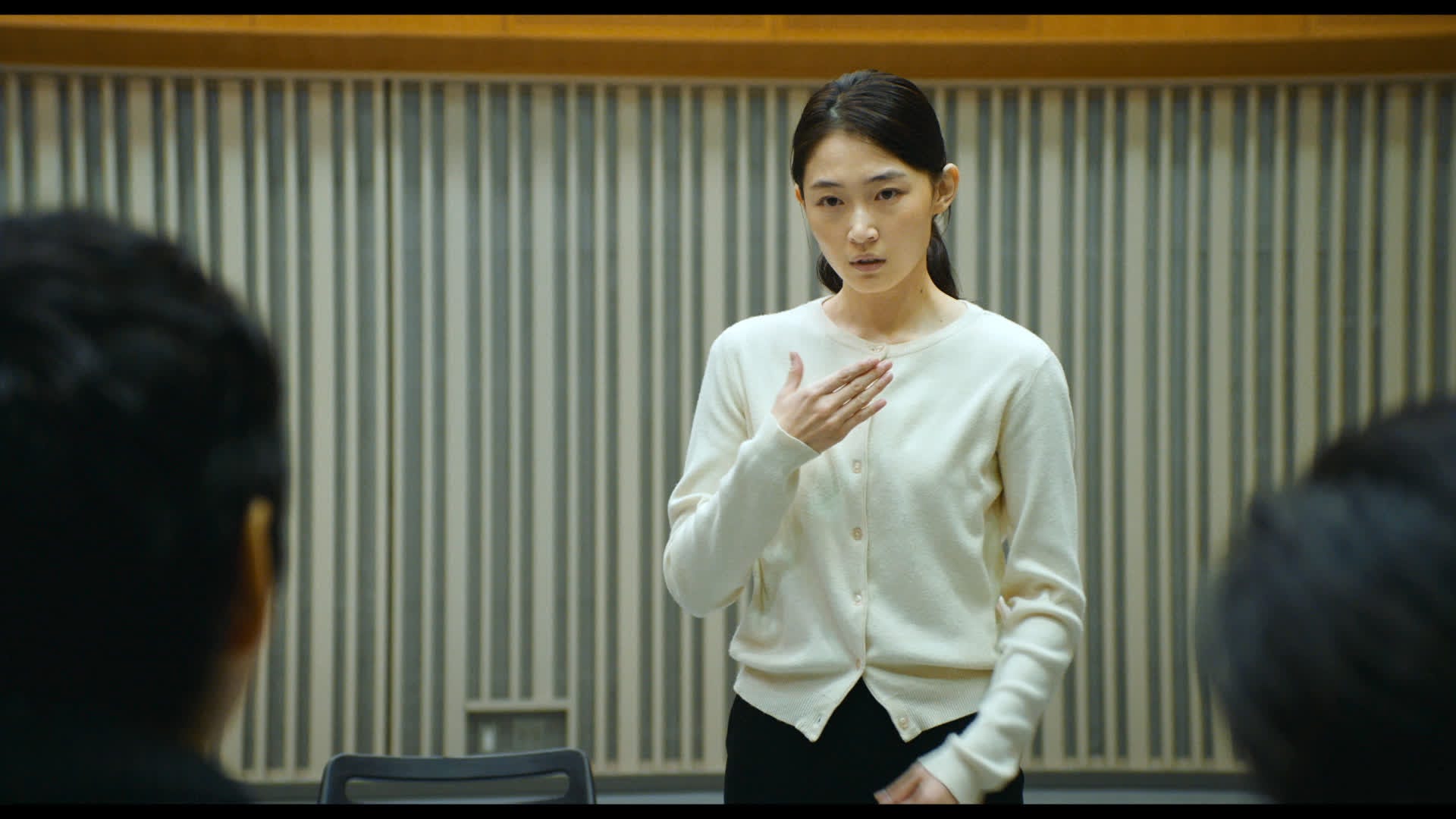
And then there’s Misaki (Tôko Miura), the phlegmatic young woman hired to ferry Yūsuke around in his prized cherry-red Saab. He doesn’t need a driver, he protests; the festival administrators insist, and as the two motor around this city of ghosts, listening to a tape cassette of “Uncle Vanya” read by Yūsuke’s dead wife, they slowly exchange their pasts and then their secrets – things they could have done but didn’t; things they did do but shouldn’t have.
Very much like Chekhov, “Drive My Car” isn’t “about” anything so much as it’s about the continuing tragicomedy of our passage through the world, whether striding across a stage or driving from one end of Japan to the other. The stories we tell each other – which are rarely the whole story – and the Babel of tongues with which we tell them. The lingering smoke left by acts of passion, or violence, or fear, and what we do when the smoke clears. The satisfaction of traveling in a car accompanied by someone with whom you can be silent. And especially the way theater gives us words to say what we can’t in life and situations that reflect and refract our own. (It’s no coincidence that we catch a glimpse of “Waiting for Godot” in addition to “Uncle Vanya.”) The pieces Hamaguchi assembles don’t seem to add up, and yet when it’s over you may feel that the whole is much, much larger than the sum of the parts, in ways beyond the power to articulate. If that isn’t what the cinema is for – to show the mystery rather than tell us about it – I don’t know what is.
If you enjoyed this edition of Ty Burr’s Watch List, please feel free to share it with friends.
If you’re not a paying subscriber and would like to sign up for additional postings and to join the discussions, here’s how:
If you’re already a paying subscriber, I thank you for your generous support.


